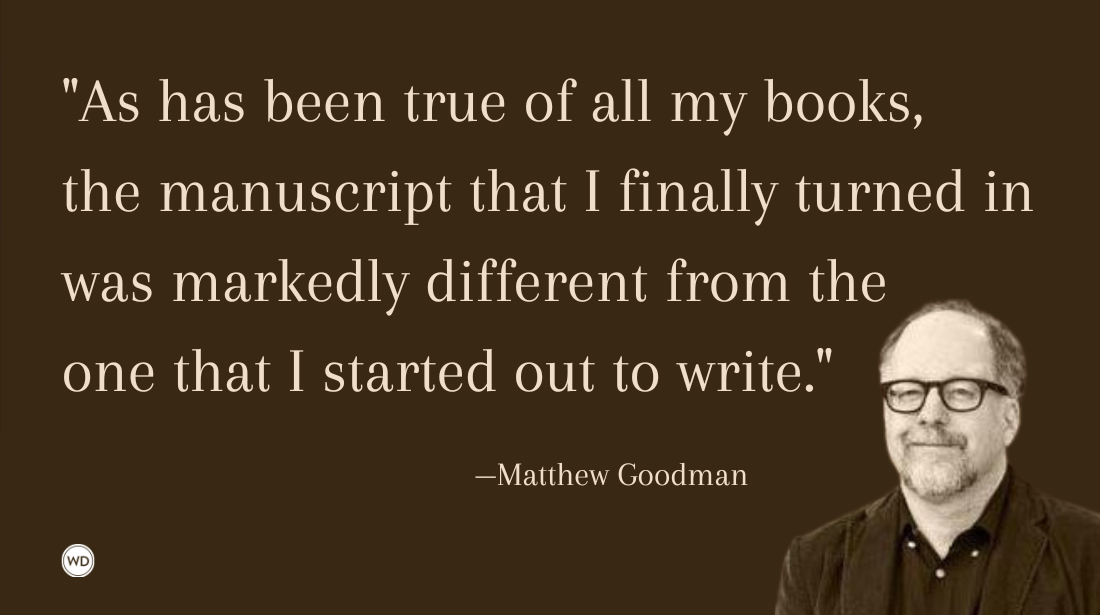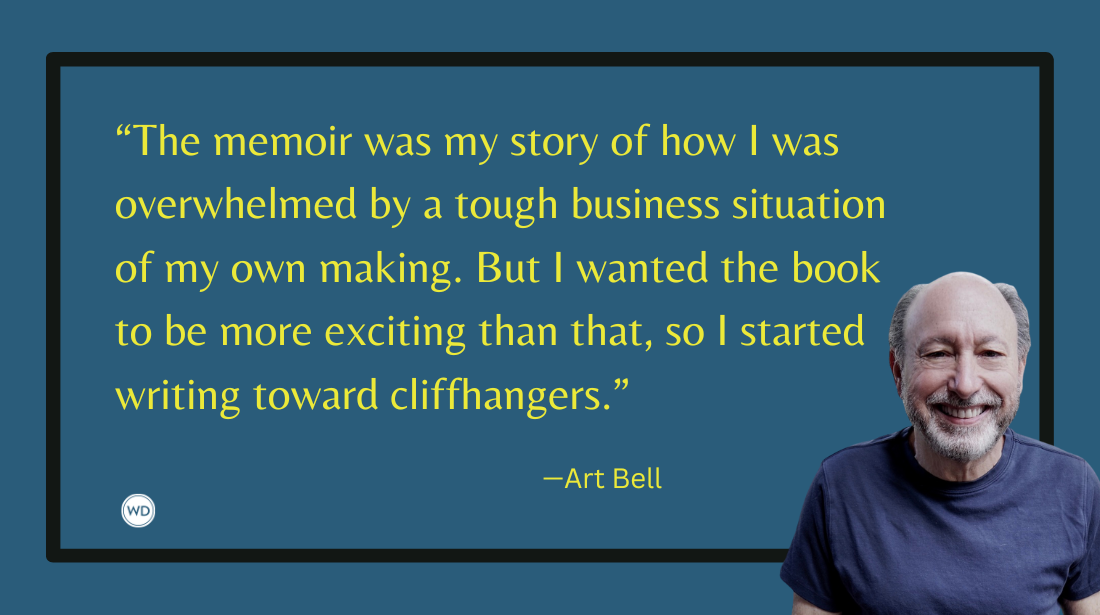Craft True-to-Life Nonfiction Characters
Many of the same techniques for writing characters in fiction apply to nonfiction: Through detail, through gesture, through talk, through close understanding of whole lives before and after the scope of your story, you make your people vivid in your reader’s head.
Excerpted from Writing Life Stories, second edition © 2008 by BILL ROORBACH WITH KRISTEN KECKLER, with permission from Writer’s Digest Books.
This article appeared in the May/June issue of Writer's Digest. Click here to order a digital download of the issue
Characters are the soul of what’s come to be called creative nonfiction, an umbrella term that covers memoir, the personal essay and literary journalism, among others. But characters in nonfiction present special problems: While characters in fiction are often based on real people, there’s still that screen. In nonfiction, by contrast, the writer is telling the reader: These people I’m bringing to you are real.
A lot has been written about characters and character when it comes to fiction. Many of the same techniques apply to nonfiction: Through detail, through gesture, through talk, through close understanding of whole lives before and after the scope of your story, you make your people vivid in your reader’s head.
Craft True-to-Life Nonfiction Characters
Enhancing Characterization
When writing nonfiction, much of the work of characterization is done for you. The character has been made, characterization is complete, the family history is in place, the physical description is a given. But that doesn’t make anything easier. The chore is merely different: doing justice to a person who you and many others have known, while also doing justice to the fact that you know that person in your own way, filtered through your own emotions, biases, and experiences.
In The Glass Castle, a memoir by Jeannette Walls, we don’t meet her father right away. The first scene in the book gives us little Jeannette, age 3, cooking hot dogs for herself, life as normal in her nutty household, at least until she sets herself on fire. We meet her father, the redoubtable Rex Walls, when he comes to the hospital to visit her—she’s been badly burned. He thinks the little girl should have been taken to the witch doctor who cured her older sister’s scorpion sting. He threatens a doctor with a beating for saying that bandages are necessary and finally gets thrown out of the hospital by a guard. Then we see him again (and hear him, smell him, touch him, very nearly taste him):
A few days later, when I had been at the hospital for about six weeks, Dad appeared alone in the doorway of my room. He told me we were going to check out, Rex Walls–style.
“Are you sure this is okay?” I asked.
“You just trust your old man,” Dad said.
He unhooked my right arm from the sling over my head. As he held me close, I breathed in his familiar smell of Vitalis, whiskey, and cigarette smoke. It reminded me of home.
Dad hurried down the hall with me in his arms. A nurse yelled for us to stop, but Dad broke into a run. He pushed open an emergency exit door and sprinted down the stairs and out to the street. Our car, a beat-up Plymouth we called the Blue Goose, was parked around the corner, the engine idling. Mom was upfront, Lori and Brian in the back with Juju. Dad slid me across the seat next to Mom and took the wheel.
“You don’t have to worry anymore, baby,” Dad said. “You’re safe now.”
Using Action to Influence Characterization
In the previous example, we see the man in action, but we see him from the little girl’s point of view. She doesn’t judge her old man—he’s a hero, her knight in shining armor. Later, Walls will report from her writer’s desk: “In my mind, Dad was perfect, although he did have what Mom called a little bit of a drinking situation.”
But here, early in the narrative, it’s all in the moment, all from a particular point of view. We see the hospital, but only as required to give the action a context, and only as the 3-year-old sees it. A nurse yells—that’s our reality check—this guy is over the top. We burst out an emergency door, feel the air, hear the alarms going off without Walls having to say anything about these things. We get the name of the family car, the sense that it’s not exactly a Mercedes, that they’re not exactly Mercedes people. And off they go.
Rex is established, in fact, all but literally burned into the reader’s mind. We suspend our readerly judgment, adopt the child’s point of view: She does seem safer. We’re in a particular time and don’t leave it. We’re in a particular place. We’re seeing things from a particular point of view. The mode is action, action, action, and it’s effective.
The burned girl and her family are home only a short time before Dad gets it in his fiery head that the FBI is after them. And off they go in the middle of the night, traveling light, leaving behind all their memories, bills, and belongings.
Using Exposition to Provide a Complete Portrait
Now that we’ve seen her dangerous father in several scenes, Walls takes a paragraph to describe him in exposition:
Everybody said Dad was a genius. He could build or fix anything. One time when a neighbor’s TV set broke, Dad opened the back and used a macaroni noodle to insulate some crossed wires. The neighbor couldn’t get over it. He went around telling everyone in town that Dad sure knew how to use his noodle. Dad was an expert in math and physics and electricity. He read books on calculus and logarithmic algebra and loved what he called the poetry and symmetry of math. He told us about the magic qualities every number has and how numbers unlock the secrets of the universe. But Dad’s main interest was energy: thermal energy, nuclear energy, solar energy, electrical energy, and energy from the wind. He said there were so many untapped sources of energy in the world that it was ridiculous to be burning all that fossil fuel.
Walls is still working from the kid’s point of view, trading in family stories. Of course, not everybody thought Rex Walls was a genius. The adult writer is standing back, withholding judgment, letting us readers come to our own conclusions, make our own judgments. Later in the memoir, the writer-at-her-desk will have more to say. Later in the memoir, she’ll condemn her father in some ways, while loving him, missing him. But for now, in the early pages of the book, Walls is content to stay in the moment and put her wild father in front of us as he was.








